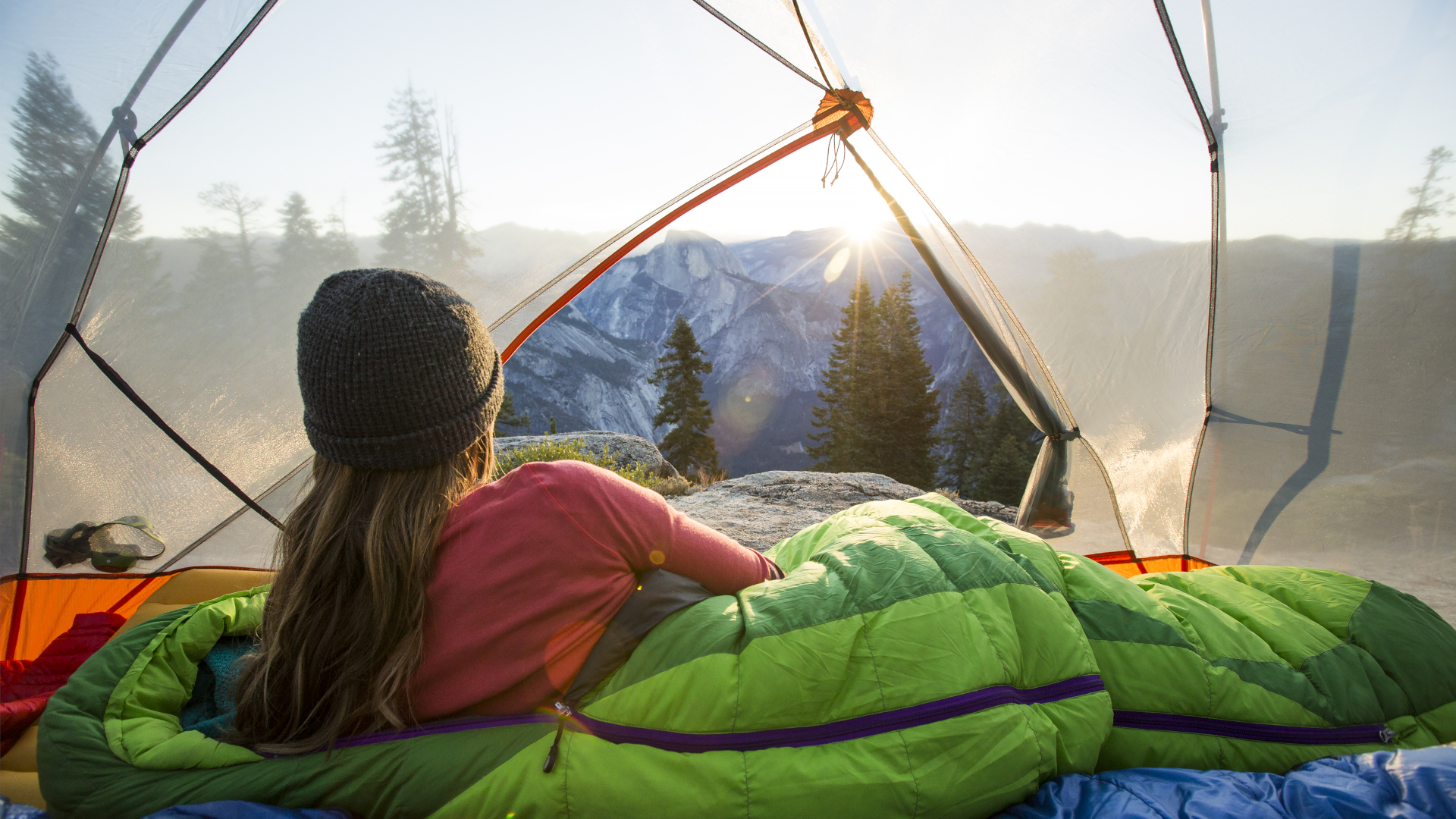
When you're compiling your dream kit list for camping, I’d hazard a guess that the best sleeping bag you can find is somewhere near the top. Probably something super warm, packable, and stuffed with high-quality down? Unfortunately, however, as soon as you start looking for the bag of your dreams, you’ll quickly find that the best bags out there can cost hundreds of dollars – especially those that are lightweight, packable and warm. But is it possible to shave some money off your sleeping set-up by going with something more affordable?
In this article, we take a look at just how much you can rely on a budget sleeping bag, and offer some tips and advice on how you might be able to save money on your next sleeping bag purchase.
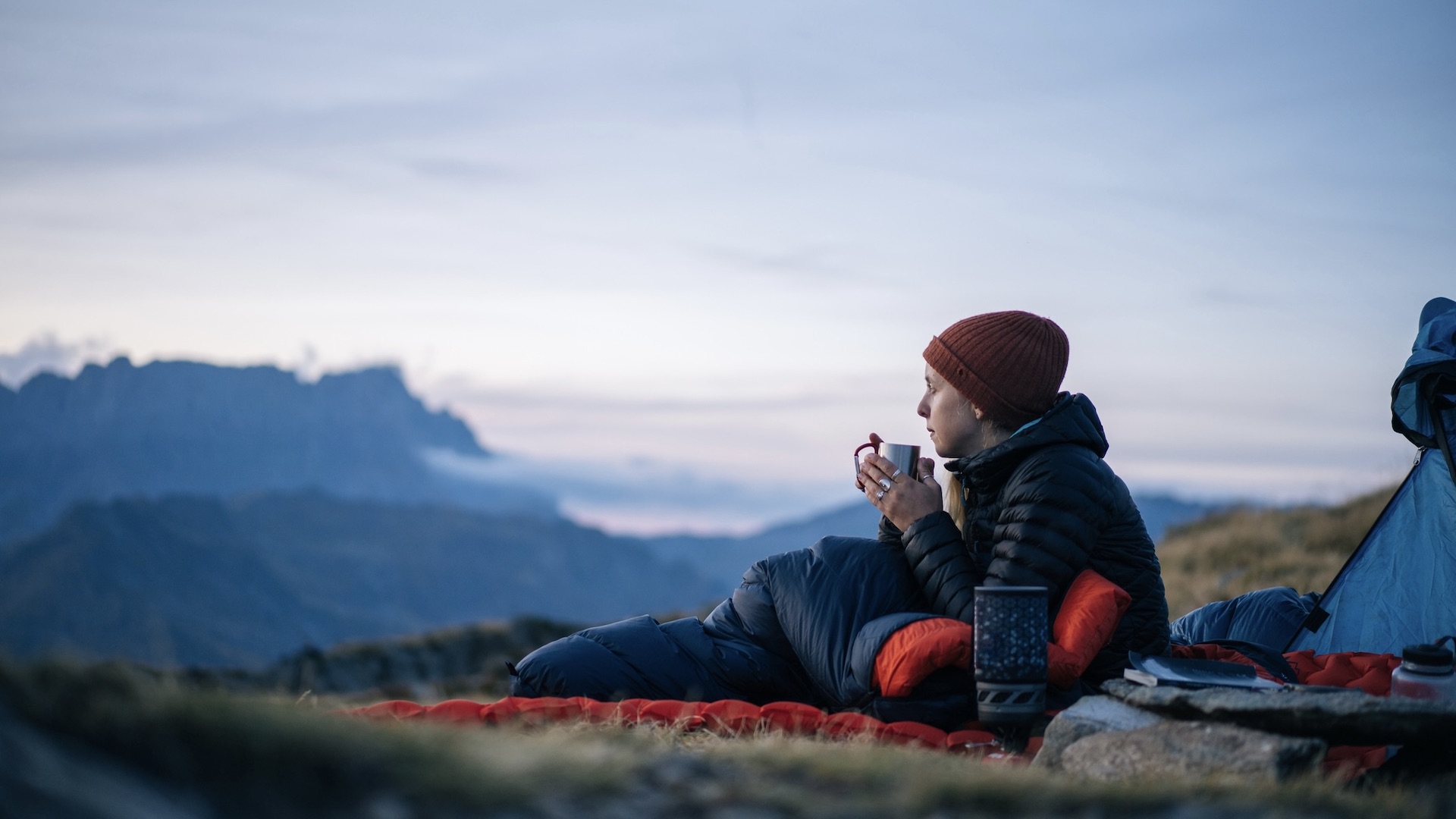
What makes sleeping bags so expensive?
When it comes to down bags then, why is there such a huge price disparity on the market and what makes particular bags so expensive? Well the truth is, when you splurge on a truly high-end product, your money is ultimately going on marginal gains rather than vastly superior technology. Let’s look at a case in point.
Sleeping bags are one of the most expensive parts of your overall sleeping system. And while budget options are available, the best models from big-name brands can cost multiple times more than even your tent. When they’re little more than a sack full of feathers, how do brands justify these high price tags? And is it actually worth shelling out the big bucks for a high-end sleeping bag?
When you start looking at sleeping bags, you’ll find two primary options: down or synthetic. Down bags are filled with duck or goose feathers, whereas synthetic bags are filled with manmade materials, such as polyester fibers. Which you go for has long been defined by your budget, with down bags tending to cost substantially more than synthetic ones. This is because down is still much more compressible and lighter than any synthetic alternative on the market, although the difference is not as pronounced as it was. Synthetic bags have come a very long way in recent years. And as each filling comes with its own list of benefits and drawbacks, the discussion around whether you choose down or synthetic should be steered more by the individual demands of your trip and less by the amount you’re prepared to spend.
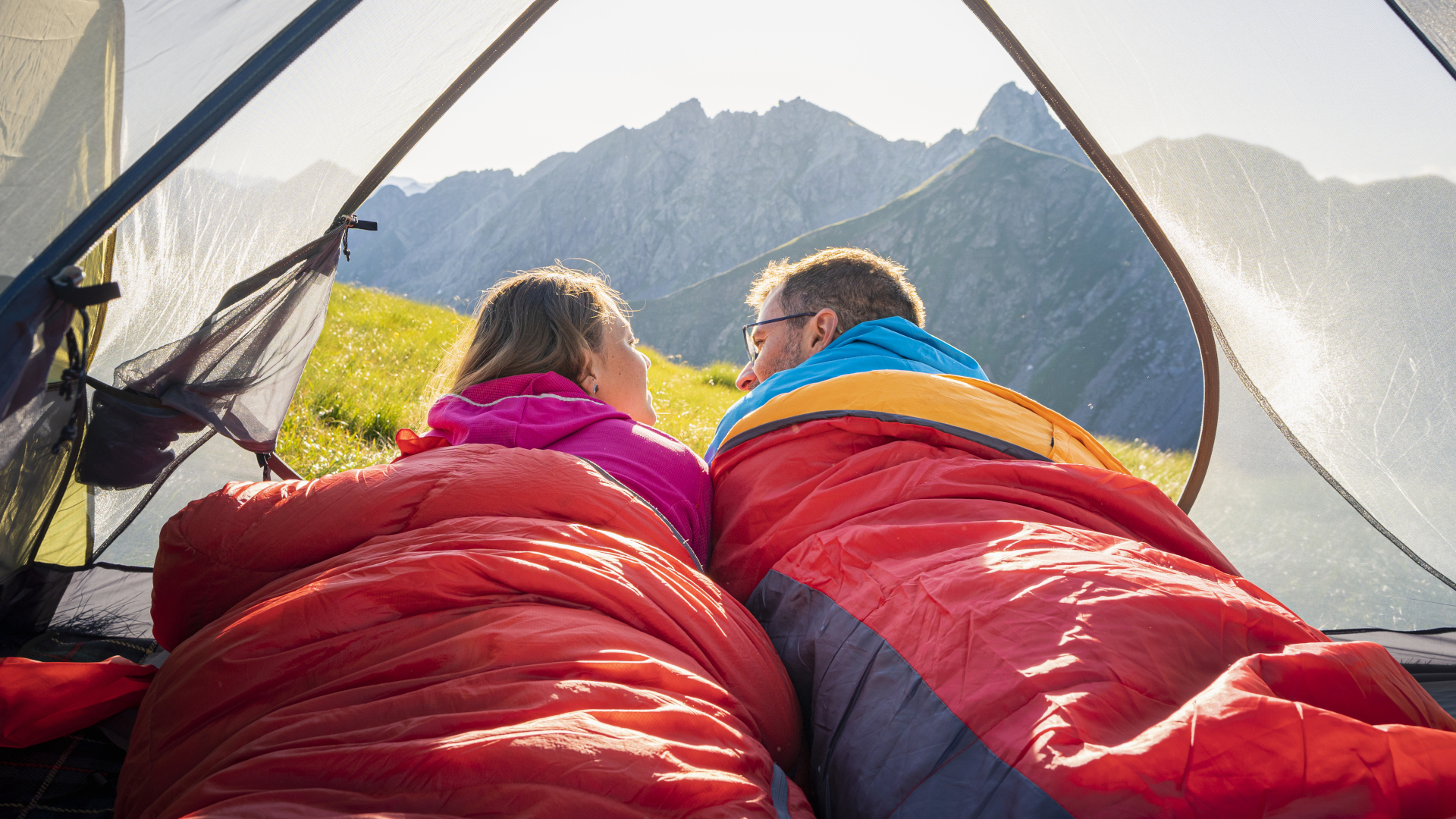
What are the differences between an ultra-high-end bag and one bought on a budget?
The first thing to be aware of when buying a sleeping bag (especially one with down insulation) is that – for the most part – the filling is created equally. While there are grades to down, different fill powers and, most importantly, the need to ensure it's been sourced ethically, it’s still ultimately a natural product. If you get two brands offering the same type of down filling, brand A’s version is going to be the same as brand B’s version, irrespective of the price they try and sell them at. Bear that in mind when shopping for your next sleeping bag and concentrate purely on the specs. To illustrate that point, let’s compare the budget OEX Leviathan EV 900 with the Rab Mythic 600, two down bags that are both packable, easy to carry and that, with a comfort rating of -12°C / 10.4°F, offer equivalent levels of performance.
In real-world conditions, both bags will keep you warm down to around -12°C / 10.4°F (according to the manufacturers), yet while the OEX is commonly available for around £150, Rab’s Mythic 600 will set you back £640 – a whopping £490 price disparity. So how much better is the Mythic 600?
Well, it’s much lighter and substantially smaller. But the OEX Leviathan EV 900 is plenty light and small enough for most people, too, especially if you’re not doing any rapid Alpine ascents (the stuff the Mythic 600 was built for). And when you look into the stats, you’ll see that the differences aren’t that pronounced. To start, the Mythic 600 is filled with 600g / 1lb 5.2oz of 900 fill power down, whereas the OEX is filled with 900g / 2lb of 600 fill power down. This means the OEX needs to use 150% more lower quality down to achieve the same effect as the Rab, making it 300g / 10.6oz heavier out of the gate. What’s more, this lower quality down is also less packable than the high-quality feathers used in the Rab bag, making the bag’s packed size a little bigger (45cm x 26cm / 17.7in x 10.2in versus 40cm x 26cm / 15.7in x 10.2in). Additionally, the higher quality materials, market-leading weave and stitching and expert manufacturing all add to the Rab Mythic 600’s higher price, resulting in a better bag all around, and one that’s lighter and smaller in your pack, and much more comfortable to sleep in.
But is the Rab bag four times better than the OEX Leviathan EV 900, considering it’s more than four times the price? For most adventures, the budget bag will deliver everything you need and more. The marginal gains afforded by the Mythic 600 simply don’t matter to 99% of us. As long as you’re willing to carry a package that weighs a few hundred grams more and takes up a little more space in your pack, you’re good to go – for £490 / $621 less.
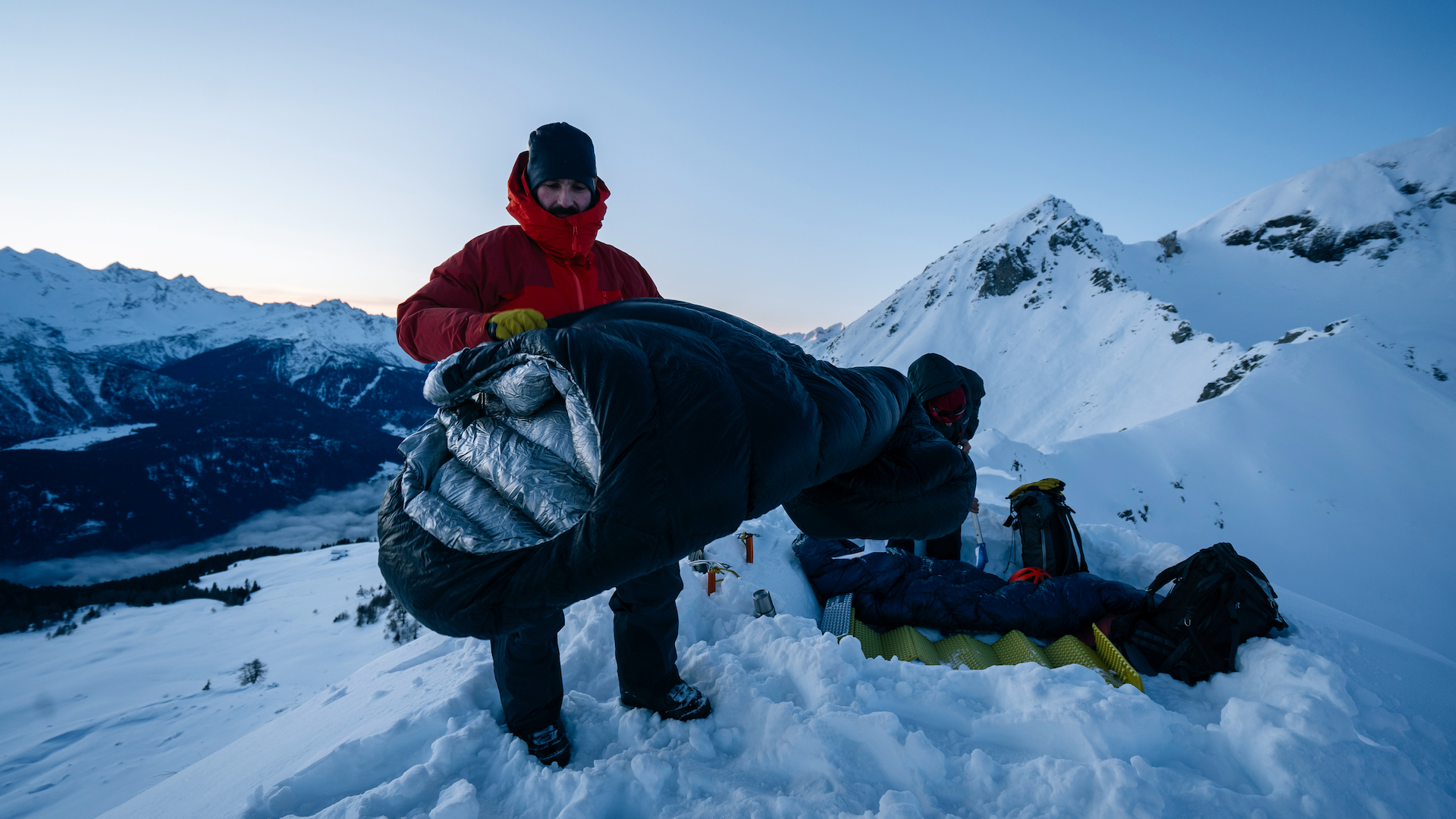
Do you even need an expensive sleeping bag?
Whether you really need an expensive sleeping bag is down to the specific demands of the trips you’re going to go on. But for most of us, the answer is almost certainly going to be no. When you spend big bucks on a bag, you’re paying for packability and grams saved, so if you’re happy sacrificing either of those factors in favor of saving money, you can most certainly go budget. The only thing to bear in mind is that the comfort rating of your bag needs to correspond to the types of temperatures you anticipate camping in. In fact, as a cold sleeper, I try and use sleeping bags that offer at least 5°C / 9°F more than I may need; if I see that the temperature is going to drop to 0°C / 32°F, I’ll make sure to use a bag with a comfort rating of at least -5°C / 23°F. This is by far the most important spec of any given bag, so start here and see what’s out there. Then shop around to find a bag that delivers that comfort rating at the lowest weight and pack size possible within your own budget.
Which brands are best for budget sleeping bags?
Because sleeping bags are a product of insulation more than anything else, I’d encourage you to move away from thinking in terms of brand and simply look for bags which deliver the amount of warmth you need for the lowest weight and pack size available. Pop to your local outdoor store and see what bags they have hanging up. Handle a couple and see if you can zip them up over your body, all to get a feel of how the different insulation styles feel to you. Then play around with pack sizes and weight specs to determine how comfortable you will be carrying particular models.
As a first port of call, I’d recommend Decathlon as a place to bag numerous bargain sleeping bags. Offering bags with temperature ratings down to -12°C / 10.4°F, they stock everything most of us will ever need – and all at very reasonable prices. At the lowest budget end of the spectrum, bags like the £14.99 Quechua Arpenaz will deliver everything you need when camping in warm, summery conditions (above 20°C / 68°F), while still being packable and easy to carry. If you need something more ‘serious’ then Decathlon’s range of Forclaz MT500 polyester bags offer excellent value for money, promising to keep you warm down to freezing. In fact, I’ve tested numerous versions of these bags over the years and they’ve done just as good a job at keeping me warm down to 0°C / 32°F as pricier alternatives have, such as The North Face Cats Meow or the Big Agnes Anthracite.
In the UK, Berghaus is worth checking out, as are any of the other brands on show in the likes of Blacks, Millets and Go Outdoors (such as the OEX Leviathan EV 900). And for timed flash sales, we recommend checking out Sport Pursuit to keep on top of their daily offers, as you’ll regularly see products from high-end brands with their prices slashed.
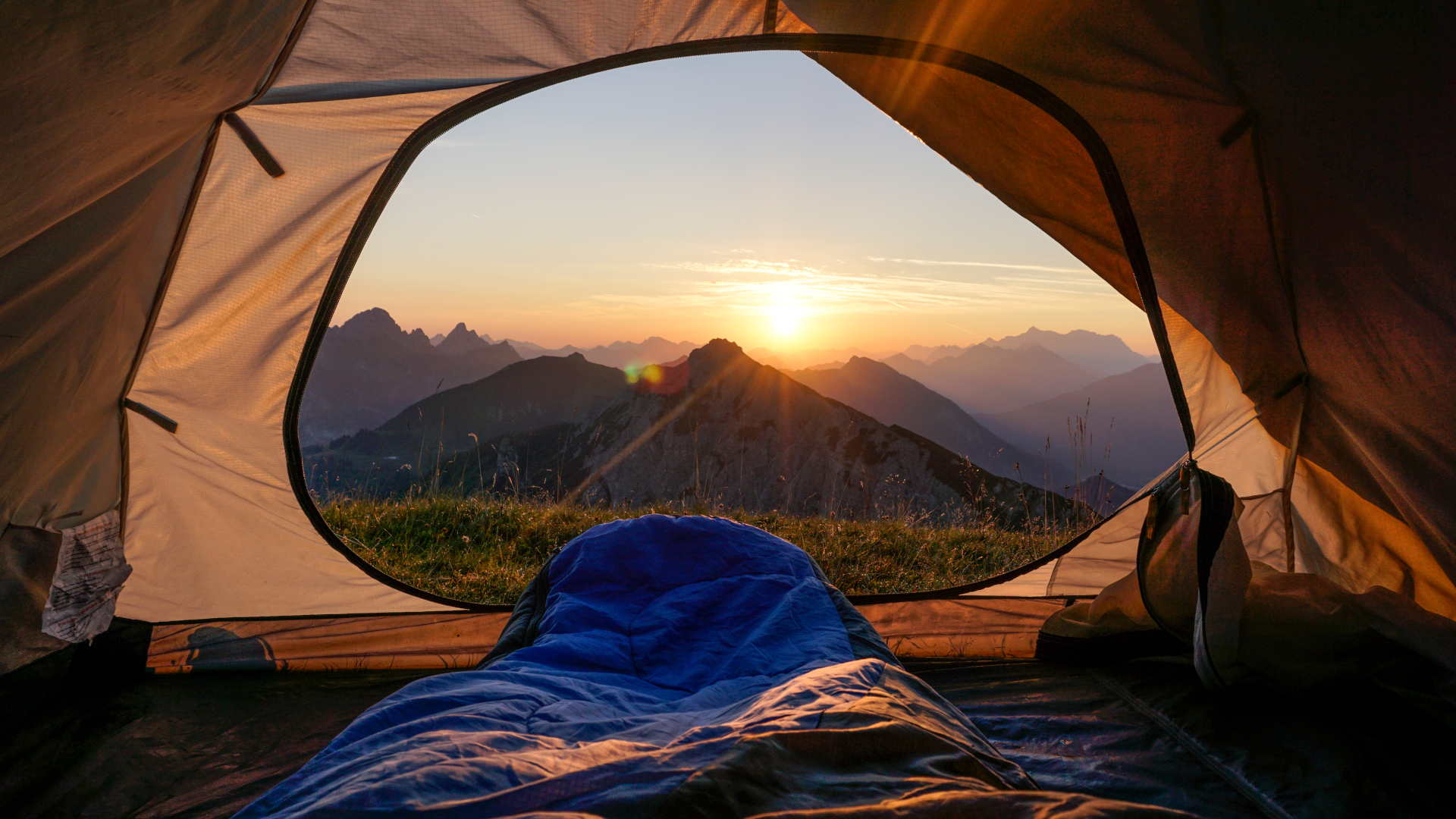
Is it worth buying a budget sleeping bag?
So, time for the million-dollar question: is it worth saving money on your sleeping bag? For me, I’d argue that it is, as long as that means you’re still able to get a bag that comes with a comfort rating down to the temperatures you expect to be camping at. In fact, I’d much rather save money on my bag and tent and instead get a higher-quality and more expensive sleeping pad. But that’s just me. After all, don’t forget that your sleeping bag is part of a larger system. If you go all in on a top-quality bag and don’t have enough left for a tent, no amount of high-end down and space-age innovation is going to keep you dry in a downpour. And if you sleep directly on the ground because you didn’t invest in a suitable sleeping pad, the cold will quickly penetrate your bones, even if the down of a million geese is collected over the top of you.
Therefore, when shopping for a sleeping bag, view the whole exercise as one piece of a larger puzzle. For most of us – and most adventures – a budget bag is all we need. As long as you can carry it and it keeps you warm, that’s all that really matters. The thing that really counts is getting out into the backcountry and spending time in the great outdoors. And whether you do that in a budget synthetic bag or a top-of-the-range down quilt, you’re in for the time of your life.
- The best camping pillows: tested and recommended for a more comfortable night







